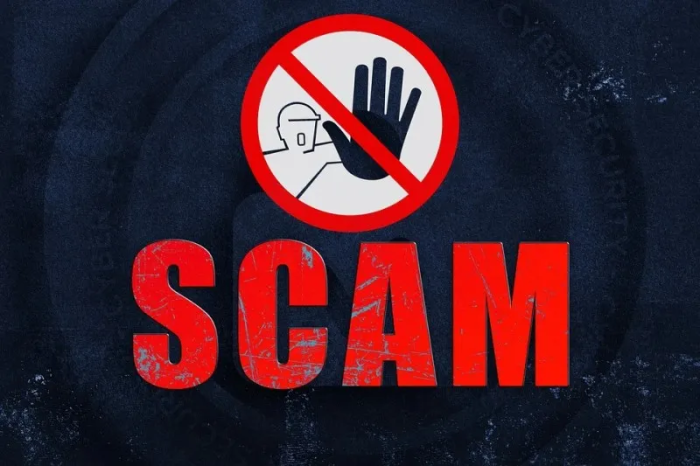July 2, 2025
Golden Anniversary Promo

The digital era has revolutionized how we communicate, shop, and conduct business, bringing unprecedented convenience to our fingertips. However, it has also opened up new avenues for scammers to exploit unsuspecting individuals. In this essay, we will explore effective strategies to avoid falling victim to scams in today's digital landscape.
One of the most common tactics scammers use is sending unsolicited messages via email, text, or social media. These messages often pose as official communications from banks, government agencies, or well-known companies. The first line of defense is to approach such messages with a healthy dose of skepticism. Never click on links or download attachments from unknown sources, and be wary of any message that requests personal information or payment.
In the digital era, it's crucial to verify the identity of anyone who contacts you. Scammers often pose as representatives of legitimate organizations to gain your trust. If you receive a suspicious message, do not use the contact information provided within it. Instead, visit the official website of the organization and use the contact details listed there. This extra step can prevent you from falling into a scammer's trap.
Scammers often use tactics designed to create a sense of urgency or fear. They might threaten legal action, claim your account has been compromised, or offer a deal that seems too good to be true. These are red flags. Legitimate organizations do not pressure you to make immediate decisions or reveal sensitive information. If a message or call makes you feel anxious or rushed, take a step back and reassess the situation.
A common phishing tactic involves using URLs and email addresses that closely resemble those of legitimate organizations. Always examine carefully the sender's email address and any URLs included in the message. Look for subtle misspellings or unusual domain names. For example, instead of "yourbank.com," a scammer might use "yourbank-secure.com." Such discrepancies are telltale signs of phishing attempts.
Passwords are your first line of defense against unauthorized access to your accounts. Use strong, unique passwords for each of your accounts and consider using a password manager to keep track of them. Avoid using easily guessable information such as birthdays or common words. A strong password typically includes a mix of letters, numbers, and special characters.
Two-factor authentication (2FA) adds an extra layer of security by requiring a second form of verification in addition to your password. This could be a code sent to your phone, a fingerprint scan, or a facial recognition check. Enabling 2FA on your accounts makes it significantly harder for scammers to gain access, even if they have your password.
Regularly monitoring your bank statements, credit reports, and online accounts for any unusual activity can help you catch potential scams early. Set up alerts for transactions and review your accounts frequently. Promptly report any suspicious activity to your bank or service provider.
Staying informed about common scams and how they operate is crucial. Educating yourself and your loved ones about these threats can help you recognize and avoid them.
Protecting your devices with antivirus software and keeping your operating system and applications up-to-date is essential. Scammers often exploit vulnerabilities in outdated software to gain access to your information. Avoid downloading software from untrusted sources, and be cautious about granting permissions to apps.
When conducting transactions or sharing sensitive information online, ensure the website is secure. Look for "https" in the URL and a padlock icon in the address bar. Avoid using public Wi-Fi for sensitive activities, as these networks are often less secure and can be exploited by scammers.
Social media platforms are fertile ground for scammers looking to gather personal information. Limit the amount of personal information you share and adjust your privacy settings to control who can see your posts. Be cautious about accepting friend requests from unknown individuals, as scammers often create fake profiles to gather information.
If you encounter a scam, reporting it can help protect others. Contact relevant authorities such as the NBI or PNP on your local consumer protection office, or the platform where the scam occurred. Reporting scams not only helps authorities track down and stop scammers but also raises awareness of new tactics being used.
In today's digital era, the threat of scams is ever-present, but by staying vigilant and informed, you can protect yourself and your personal information. By being skeptical of unsolicited messages, verifying sources, looking for red flags, and employing robust security measures, you can navigate the digital landscape safely. Remember, the key to avoiding scams lies in awareness and caution.